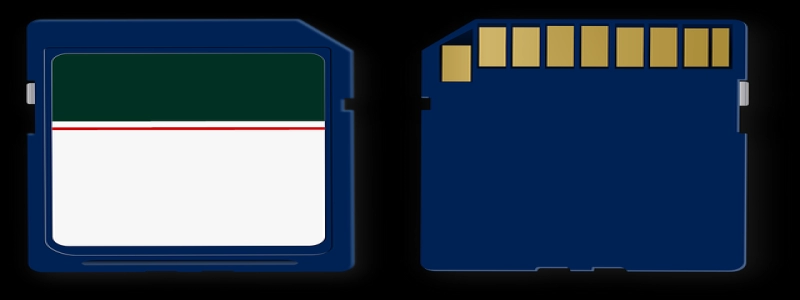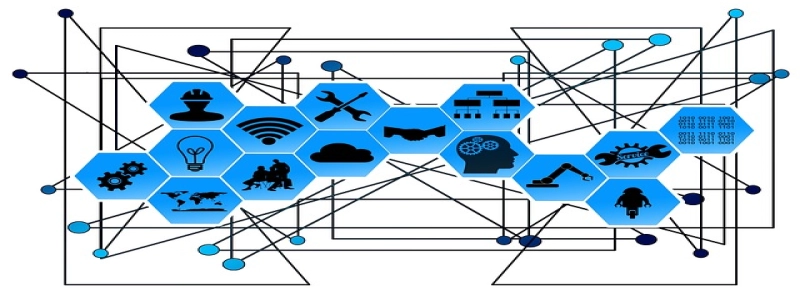Ethernet Distance Limitation of Cat6
Introduction:
Ethernet is a widely used technology for networking, enabling the transmission of data over a local area network (LAN). Cat6, short for Category 6, is a type of Ethernet cable that is commonly used for high-speed data transmission. However, it is important to understand the distance limitations of Cat6 in order to ensure reliable and efficient network connectivity.
1. What is Cat6 Ethernet Cable?
Cat6 Ethernet cable is an upgrade from previous versions such as Cat5 and Cat5e. It is designed to support higher bandwidth and faster data speeds. Cat6 cables are constructed with improved insulation and tighter twists, reducing crosstalk and interference. They have better performance capabilities and can handle data rates of up to 10 gigabits per second (Gbps) at a maximum distance.
2. Distance Limitation of Cat6 Ethernet:
Although Cat6 Ethernet cables offer enhanced performance, there are still distance limitations that need to be considered. The maximum recommended length for a Cat6 cable is 100 meters (328 feet). Beyond this distance, the signal may degrade, causing data loss and poor network performance. It is important to understand that this distance includes the length of the cable and any patch cords or connectors used.
3. Factors Affecting Cat6 Performance:
Several factors can affect the performance of Cat6 Ethernet cables beyond their distance limitation:
a. Interference: Cat6 cables are less susceptible to interference compared to previous versions. However, factors such as electrical noise, electromagnetic interference (EMI), and radio frequency interference (RFI) can still affect signal quality and transmission distance.
b. Crosstalk: Crosstalk occurs when signals from adjacent cables interfere with each other. Cat6 cables are designed with tighter twists to reduce crosstalk. However, if multiple cables are bundled tightly together, crosstalk can still occur and impact signal strength and distance.
c. Quality of Cable: The quality of the Cat6 cable itself can affect its performance. Poorly constructed or damaged cables may experience higher signal loss and reduced transmission distance.
4. Solutions:
To ensure optimal performance and overcome the distance limitation of Cat6 Ethernet cables, the following solutions can be implemented:
a. Use Repeaters or Extenders: Repeaters or extenders can be used to amplify and regenerate the signal over longer distances. These devices can extend the range of Cat6 cables beyond the recommended distance.
b. Fiber Optic Conversion: Fiber optic cables can carry data over much longer distances without significant signal degradation. In scenarios where longer distances are required, converting from Cat6 to fiber optic cables can be a viable solution.
c. Cable Management: Proper cable management, including avoiding tight bundling and maintaining proper cable bend radius, can help reduce interference and crosstalk, improving signal strength and distance performance.
Conclusion:
Cat6 Ethernet cables are a popular choice for high-speed data transmission in local area networks. However, it is important to understand their distance limitations to ensure reliable network connectivity. By considering factors such as interference, crosstalk, and cable quality, and implementing solutions such as repeaters or fiber optic conversion, network professionals can overcome these limitations and achieve optimal performance with Cat6 cables.







